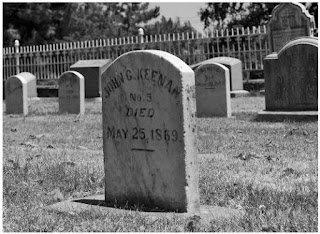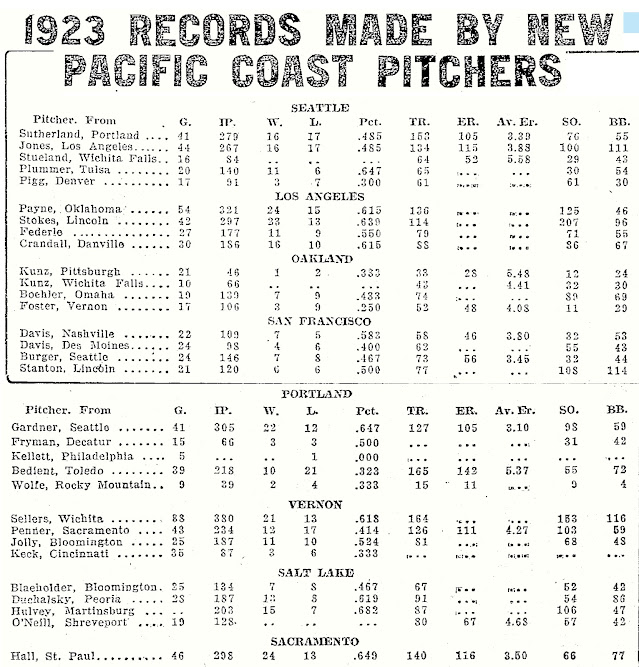tried to revive my notes on this after all these years, using an AI assist, so it has these hash things:
### Narrative Biography of John C. Keenan and Jack Levy
**John C. Keenan and Jack Levy: Pioneers of Baseball in the Pacific Northwest**
The Pacific Northwest in the 19th century was a region of vast wilderness, rapid settlement, and significant cultural shifts. Among those who contributed to the development of this region were John C. Keenan and Jack Levy, whose lives intersected with the spread of baseball, a sport that became a national pastime in the United States. This biography delves into their journeys, highlighting the influence of the Gold Rush, the spread of baseball, and their lasting impact on the region.
#### Early Life and Migration
**John C. Keenan** was born around 1830 and emigrated to the United States by 1848. His early years in America saw him fighting under Jack Hays in the Texas Rangers. Following his military service, Keenan moved to the Bay Area and Sacramento between 1850 and 1858, engaging in various business ventures.
In 1850, Keenan was involved in the burgeoning business environment of Sacramento, opening the Fashion Saloon by 1852. His ventures included not only saloons but also horse racing and other forms of entertainment. By 1858, Keenan expanded his operations to Victoria, British Columbia, capitalizing on the gold rush that had brought significant population growth to the area.
**Jacob "Jack" Levy** was born in Sydney, New South Wales, in 1848. His family, originally from London, migrated to New Zealand in January 1840 as part of the New Zealand Company's first settlers. They later moved to New South Wales before seeking fortune in San Francisco during the Gold Rush of 1849. After various relocations and the death of his father in 1853, Levy settled in Victoria, British Columbia, with his family in the 1860s.
#### Influence of the Gold Rush
The Gold Rush played a crucial role in shaping the lives and characters of both Keenan and Levy. The discovery of gold in California, British Columbia, and other regions of the Pacific Northwest led to significant migration and settlement. The Gold Rushes in the 19th century included several key events:
1. **California Gold Rush (1848-1855)**: Starting with the discovery of gold at Sutter's Mill in 1848, this event attracted over 300,000 people to California from the United States and abroad. The rapid influx of fortune seekers transformed San Francisco from a small settlement to a booming city.
2. **Fraser River Gold Rush (1858)**: Following the California Gold Rush, many miners moved north to British Columbia after gold was discovered along the Fraser River. This rush brought tens of thousands of miners to the region, significantly increasing the population of Victoria.
3. **Cariboo Gold Rush (1861-1867)**: Further gold discoveries in British Columbia's Cariboo region continued to draw miners and settlers, contributing to the economic development of the area.
4. **Klondike Gold Rush (1896-1899)**: Although later in the century, this gold rush had a profound impact on Seattle, as the city became a major supply center for those heading to the Yukon.
For Keenan, the Gold Rush provided opportunities to establish businesses that catered to the influx of miners and settlers. Similarly, Levy's family moved to regions experiencing gold rushes, eventually settling in Victoria, a hub of economic activity during the gold rush era.
#### Population Migration and Living Conditions
The massive migration brought about by these gold rushes led to significant population increases in key cities:
- **San Francisco**: Grew from about 1,000 residents in 1848 to over 25,000 by 1850. The city's infrastructure struggled to keep up with the rapid growth, leading to issues such as overcrowding, poor sanitation, and frequent fires.
- **Victoria**: Saw its population swell from a few hundred to thousands almost overnight during the Fraser River Gold Rush. As the main port of entry, Victoria's economy boomed, but it also faced challenges with housing, health, and maintaining order.
- **Sacramento**: Experienced similar rapid growth, with its population increasing from around 1,000 in 1848 to over 10,000 by 1852. The city faced issues such as flooding, which compounded the challenges of providing adequate sanitation and services.
Political and social factors also influenced migration patterns. For Jewish families like the Levys, the mid-19th century was a time of significant upheaval. In London, economic opportunities were limited, and social mobility was constrained by widespread anti-Semitism. The promise of fortune and a new start in the gold rush regions of the Pacific Rim was a powerful motivator for families seeking better lives.
#### The Spread of Baseball
Baseball, or "base ball" as it was then known, was spreading across the United States during the mid-19th century. The sport's growth coincided with technological advancements such as the telegraph and the Transcontinental Railroad, which facilitated the rapid dissemination of news and sports reporting.
In 1858 and 1859, John C. Keenan was in Sacramento, where he likely encountered the New York game of baseball. The Sacramento Base Ball Club, formed in 1859, played under the New York rules. Keenan's exposure to this organized form of the game likely influenced his later efforts to promote baseball in Victoria. By 1863, he was organizing baseball games in Victoria, following his earlier attempts to promote cricket in 1862. Keenan's involvement in baseball was closely tied to his business interests, as he used the sport to attract patrons to his establishments.
Levy, on the other hand, became a prominent figure in Seattle's baseball scene. After the death of John C. Keenan in 1869, Levy reappeared in Seattle's business directories, running the Seattle Soda Works and a cigar stand. In 1872, the first notice of a baseball club in Seattle appeared, announcing the formation of the Dolly Varden Base Ball Club. Levy's involvement in baseball continued with the formation of the Seattle Alki Base Ball Club in 1876. The Alkis played their first match against Newcastle, winning 51-0, and established annual challenge matches with teams from Victoria.
## Legacy and Later Life
John C. Keenan's influence on baseball in the Pacific Northwest was profound. Known as the "Father of Base Ball in Victoria," Keenan's efforts to promote the sport laid the groundwork for its growth in the region. Unfortunately, Keenan's life was cut short in 1869, likely around the age of 39. Despite his early death, his legacy in promoting baseball and other recreational activities lived on.
Jack Levy continued to be an active figure in Seattle's baseball and business communities. Following his involvement with the Alkis, Levy settled into a job as the steward for the Arlington Hotel in Seattle. In 1897, he joined the last great Gold Rush of the 19th century, heading to the Klondike. However, he never fully recovered from injuries sustained in a boating accident during his return. Levy passed away in April 1913, leaving behind a legacy of pioneering efforts in both business and baseball.
#### Conclusion
The lives of John C. Keenan and Jack Levy exemplify the spirit of the 19th-century pioneers who shaped the Pacific Northwest. Through their contributions to the spread of baseball and their entrepreneurial ventures, they left an indelible mark on the region's history. Their stories are a testament to the transformative power of migration, innovation, and the enduring appeal of America's pastime.













_4-001.jpg)






